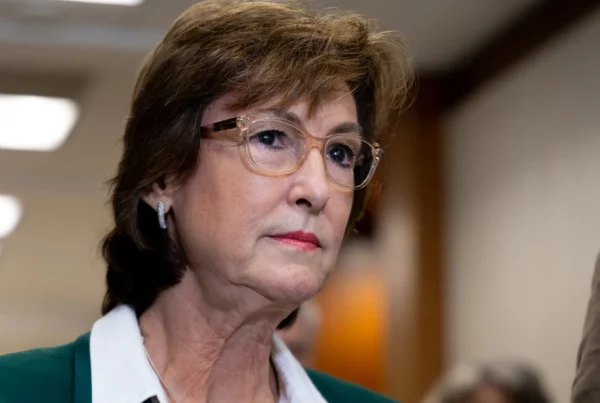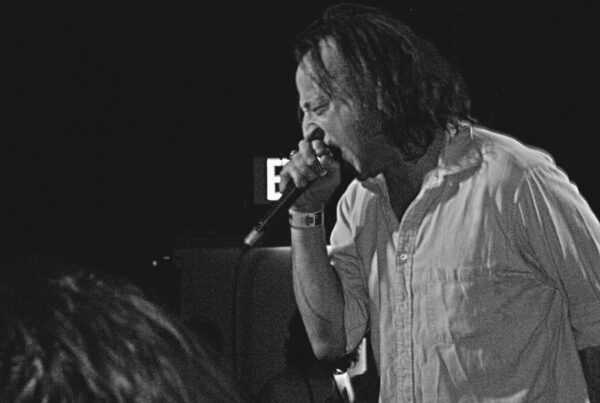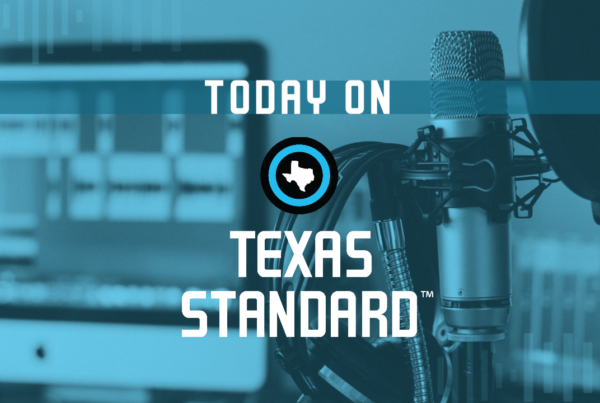From Texas Public Radio:
In mid-September, before he voted in favor of building a new minor league baseball stadium downtown, Bexar County Judge Peter Sakai told TPR’s “The Source” that one reason to support the development is that it would be a windfall for the San Antonio Independent School District.
“One of the missing pieces that has not been discussed is the projection that this investment is going to raise about $12 million annually for the school district,” Sakai said on Sept. 18. “If those projections are true, that’s a game changer.”
They aren’t, according to the San Antonio Independent School District.
San Antonio ISD officials said the effect on the district’s operating budget will be barely noticeable — less than the cost of a single teacher. According to calculations provided by the district, SAISD’s operating budget will increase by less than $30,000 by 2030.
The reason for the discrepancy, according to district officials, is that Sakai’s projection did not use the Texas school funding formula. When Texas school districts collect more local property tax, the school funding formula reduces the amount of state funding districts receive.
San Antonio ISD has become a linchpin in the Missions ballpark development proposal. Both the San Antonio City Council and the Bexar County Commissioners Court have approved Memorandums of Understanding with the team’s owners. The only step remaining is the purchase of 2.3 acres of land from SAISD, which would be developed as part of the project.
SAISD leaders took time out of an Oct. 7 meeting on the proposed land sale to push back against Sakai’s assertion that the ballpark would bring the district millions of dollars in revenue. Officials said no one from the county or the city had asked them about how the ballpark would impact the school district financially, as of the date of the meeting. They said they felt like they needed to clear up incorrect information that had been shared with the public.
“We’re not in agreement with the revenue estimates that were assigned to SAISD, and we appreciate the opportunity to explain further,” SAISD Chief Financial Officer Dottie Carreon explained, before inviting education attorney Dan Casey to give a presentation.
Casey said that his firm, Moak Casey, took the estimated tax revenue projections provided to SAISD and ran them through their calculation of the state funding formula to determine how the new tax estimates would impact SAISD’s budget.
During the 2027-2028 school year, Moak Casey estimated that SAISD’s operating budget would increase by just $4,163. “You couldn’t take this group to lunch with that income,” Casey said.
By the 2030-2031 school year, Moak Casey estimates SAISD’s operating budget would increase by $29,325 — roughly half the cost of just one teacher.
“The state is very effective at draining off the benefits you get locally for many of these kinds of investments,” Casey said. “So, you really don’t get a big boost on this.”
According to the projections provided to SAISD, the baseball development would increase the property tax value by $528 million by 2030, giving SAISD nearly $7 million in new tax revenue. The projection says SAISD’s annual new revenue would increase by more than $12 million by 2048.
But Moak Casey and district officials said most of that new local funding would be offset by a corresponding reduction in state funding.
According to the projections provided to the district, SAISD would receive about $2.1 million to pay off bonds in 2030, which could help the district pay off current and future debt more quickly.
However, Carreon said that funding can’t be used at all for salaries and other daily expenses. “It’s not going to assist us at all for operating funds, which is where we’re in a lot of need,” she said. “We have a lot of uses for additional revenue, but this project really won’t assist the district in that way.”
In an interview a few days after the public meeting, Sakai said he had made the $12 million claim before the county had calculated the actual amount of money the district would receive.
“There’s an apple-to-oranges dynamic here,” Sakai said. “The economic development project for which the stadium is obviously the basis of this project, is projected to raise a certain amount of property tax dollars. The issue to the school district is the school funding mechanism. It’s called recapture. And so we are still evaluating what money would come back from the State of Texas to the school district.”
“So it’s really an apples and oranges,” Sakai reiterated. “The school district is really looking at what may be in their pocket.”
Recapture is one element of the Texas school funding formula, not the name of the funding system. The state’s most property-wealthy school districts give a portion of their local property tax to the state if they qualify for recapture, often called Robin Hood.
SAISD is not currently paying recapture, and district officials told TPR recapture “would have no bearing on this topic” because the “net revenue to the district would not change” even if SAISD were to start paying into recapture.
Part of Sakai’s argument in support of the ballpark development is that San Antonio might lose the minor league team if it isn’t built. Major League Baseball is requiring minor league stadiums to meet a higher standard by April 2028.
But in his interview with TPR after SAISD presented its own more limited projections, Sakai said the ballpark development could help SAISD in other ways beyond direct tax revenue.
“The public needs to know that school districts — especially in the inner core of our county — need growth,” Sakai said. “They have to have growing enrollment in order to have sustainability. And that’s another reason why I truly believe that this economic development package that will create this baseball stadium is worthwhile.”
It was unclear how the baseball stadium would grow enrollment at SAISD. The main source of criticism against the development is that it would displace 300 tenants from the Soap Factory Apartments, one of the few affordable housing options in downtown San Antonio. City and county officials have discussed investing in more affordable housing options, but so far no commitment has been made.
The vast majority of community members and parents who spoke at the district meeting urged SAISD not to sell the land because it would displace the Soap Factory residents and increase traffic around nearby schools.
During the public meeting on Oct. 7, SAISD leaders said the school board was not yet ready to vote on the deal with the Missions. They said they will hold another public meeting before taking that step.












